Solutions for Poor Compatibility Between Phenolic Foam Boards and Bonding Mortar
2025-06-18 11:54:33
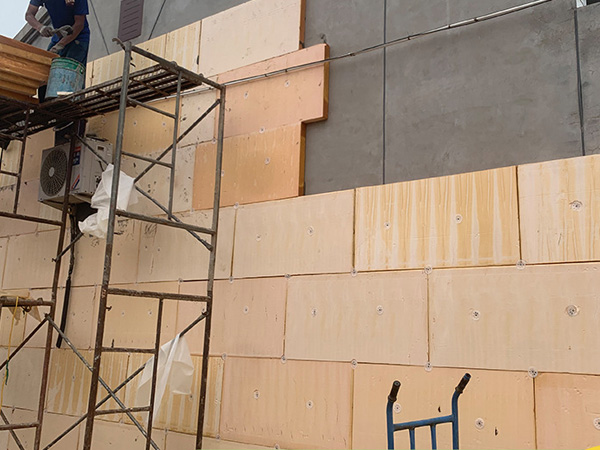
Solutions for Poor Compatibility Between Phenolic Foam Boards and Bonding Mortar
1. Root Causes of Incompatibility
Smooth Surface: Phenolic foam’s closed-cell structure lacks porosity, reducing mechanical adhesion.
Hydrophobicity: The material’s water resistance prevents cement-based mortars from penetrating.
Chemical Mismatch: Some mortars contain solvents or additives that weaken phenolic foam.
2. Practical Solutions
A. Surface Preparation
Roughening: Lightly sand the foam surface to create a textured profile for better grip.
Primer Application: Use a phenolic-compatible primer (e.g., epoxy-based or acrylic) to bridge the foam and mortar.
B. Adhesive Selection
Polyurethane (PU) Adhesives: Superior flexibility and bond strength vs. cementitious mortars.
Hybrid Adhesives: Choose polymer-modified mortars labeled for "low-absorption substrates."
Two-Part Epoxies: For critical loads, though costlier.
C. Application Techniques
Full-Bed Bonding: Apply mortar in a continuous layer (comb trowel) rather than dot-and-dab.
Anchoring Combo: Combine adhesive with mechanical fasteners (e.g., plastic anchors) for high-stress zones.
D. Climate Adaptations
Cold Weather: Use frost-resistant mortars and ensure substrate temperature >5°C during curing.
Humidity: Avoid applying mortar before rain; protect with temporary covers.
3. Verification & Testing
Pull-Off Tests: After 28 days, validate bond strength (target ≥0.1 MPa for walls).
Infrared Scans: Detect voids or delamination post-installation.
Pro Tip: For large projects, conduct a mock-up panel test before full-scale work.
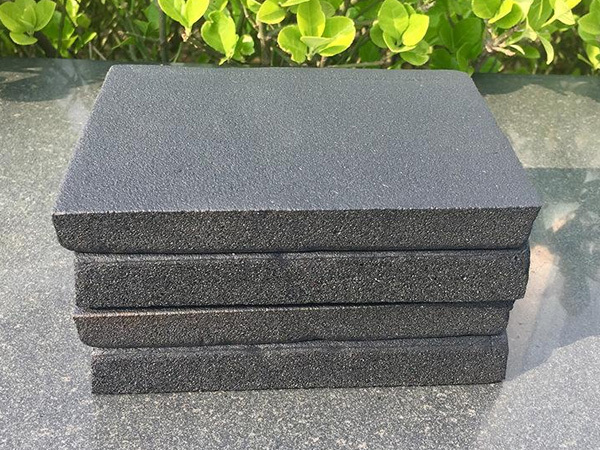
OurFlame Retardant Rubber Foamis a premium closed-cell elastomeric insulation material engi...
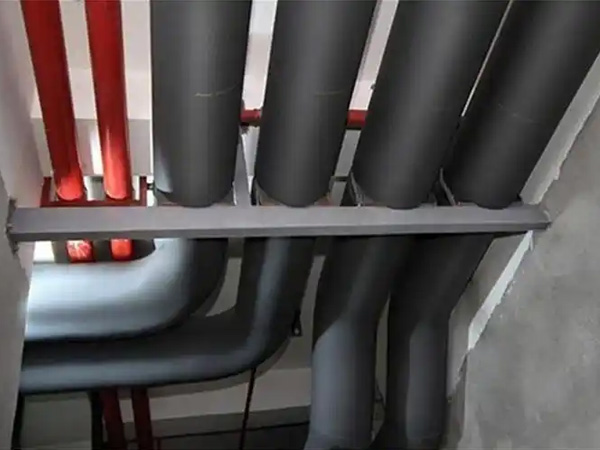
OurRubber Pipe Insulationis a high-performance solution designed specifically for HVAC pipi...
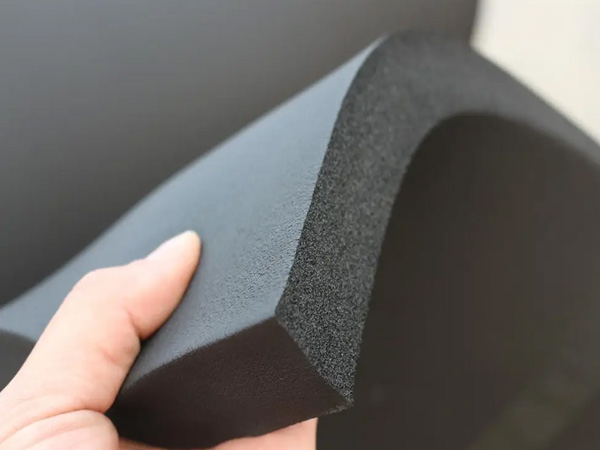
Rubber Foam Insulation Sheet – Product Introduction Premium Flexible Insulation for Therm...
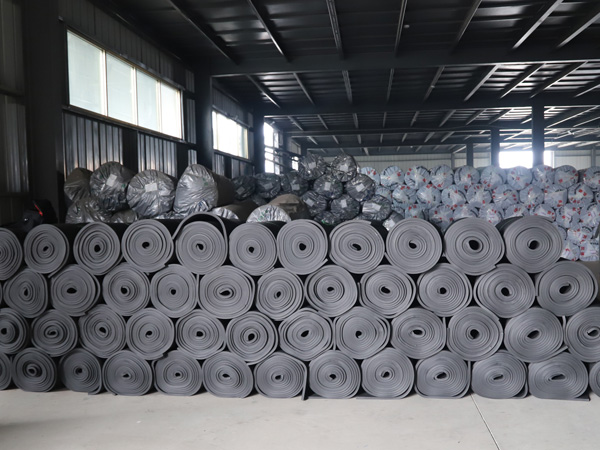
Specially engineered for refrigeration applications, ourElastomeric Rubber Insulationprovid...



